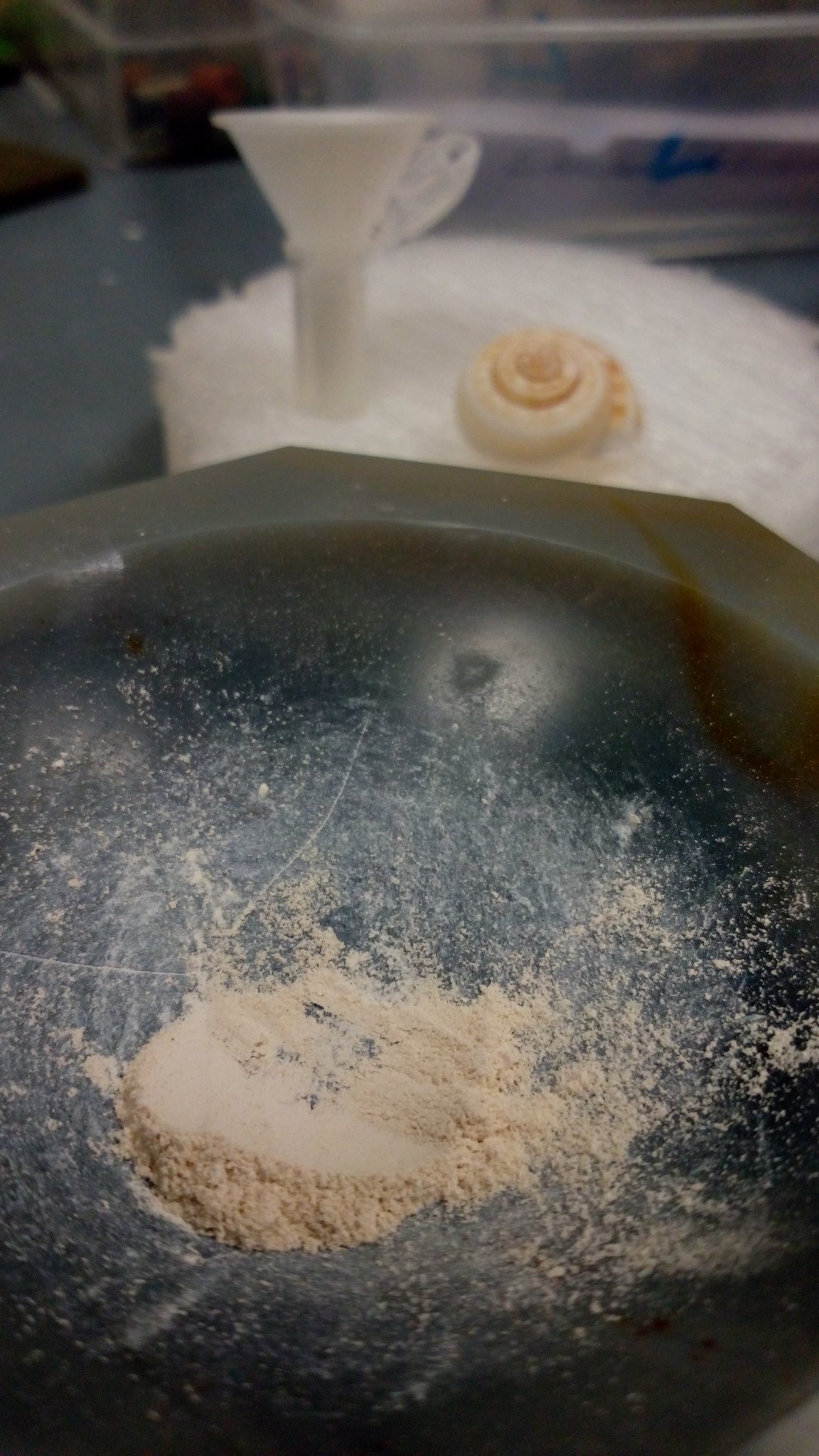 |
| PPOSS logo (www.pposs.org) |
I started writing this post on the flight home from a few days in Cologne
at a Planetary Protection of the Outer Solar System (PPOSS) workshop. The PPOSS
project is a EU led international collaboration of academics and industry
working toward a code of best practice for planetary protection for future
space missions to the bodies of the outer solar system – such as the icy moons
of Jupiter and Saturn and asteroids.
Planetary Protection (PP) encompasses
our attempts to minimise the chances of contaminating another world with
microbes (biological contamination) or organic matter (organic contamination).
This is important as if microbes survived the journey through space (which
experiments have shown to be possible) and the destination proved habitable for
them, then they could colonise. This is bad for two reasons; the current or future development of any indigenous life could be affected and the scientific integrity of the results of future missions would be compromised. Even if just dead microbes or non-biological organic matter are transported to the study locality then the results of experiments would still be contaminated leading to false positives and masking
the detection of indigenous molecules or life.
To avoid this forward contamination a lot of effort has to
go into building landers in sterile environments, making sure they are clean to strict requirements and ensuring that the orbits of orbiters and flyby
missions are such that they will not impact areas of interest. The level of PP necessary increases with the potential habitability of the body of interest, for example our moon and small, dry asteroids have much lower requirements than Europa and Enceladus - which are both now believed to contain significant amounts of liquid water (a prerequisite of all known life). Backwards contamination is also a theoretical problem to avoid. This is where extraterrestrial microbes are brought back to Earth by a sample return mission - raising the possibility of infecting our planet with alien life. And procedures must be put into place to quarantine samples because of this.
 |
| Enceladus is a high risk for forward contamination due to the presence of large amounts of liquid water (image: http://solarsystem.nasa.gov/planets/enceladus) |
Imperial’s contribution (and my involvement) to this project is the writing of a chapter on‘Best
practice of Organic Contamination Control’ as part of a handbook aimed at those working in space science and industry. This chapter will summarise the challenges
involved in keeping the icy moons free from terrestrial organic (including biological) contamination and what lessons we
can take (and adapt) from the planetary protection of Mars over the last 40-odd
years. This is what my supervisor and myself have been working on for the last
few months and was presented at the workshop.
This 2 day workshop at The German Aerospace Center (DLR) in Cologne was to get everyone involved in the project together to thrash out a proper structure to the handbook and discuss what had
already been done. Participants included representatives from the European
Science Foundation (ESF - who are leading the project); the Commitee of Space Research (COSPAR); the German (DLR), Italian (INAF), Chinese (CAST), Japanese (JAXA), American (SSB) national aerospace organisations and private aerospace industries. All with varied experience and opinions on planetary protection of various past and
current missions (some of whom have been involved with PP since the first missions to Mars in the '60s and '70s).
It was a productive couple of days with many issues being
cleared up by the panel, mostly to do with things being done ever so slightly
differently or having different names in Europe and the US. It does look,
however, that our chapter is going to need a major rewrite to get everything in
that all the partners want. We may have to visit some of the European space missions
that are currently being built, (such as MOMA, due to fly on ExoMars 2020) to sort out some case
studies for inclusion (it’s a tough job but someone’s got to do it).
I tacked an extra day in Cologne onto the end of the
workshop as I’d never visited Germany before and it coincided with the Christmas
markets being in full swing. The Christmas markets are very impressive and even I couldn't help to feel festive as they pervade the whole city with Christmas music, glüwhein and the smell of
grilling bratwürst. I was shown around by Honza who also did his PhD at the University of East Anglia and is
now doing a post doc in Cologne. A trip to a Bier Museum and the sampling of many of the local (very good) specialty beers resulted in a cracking hangover for the flight home.
Unfortunately now I'm back in the lab and somehow the pyrolysis unit has developed a leak while I've been away................Merry Christmas!

















